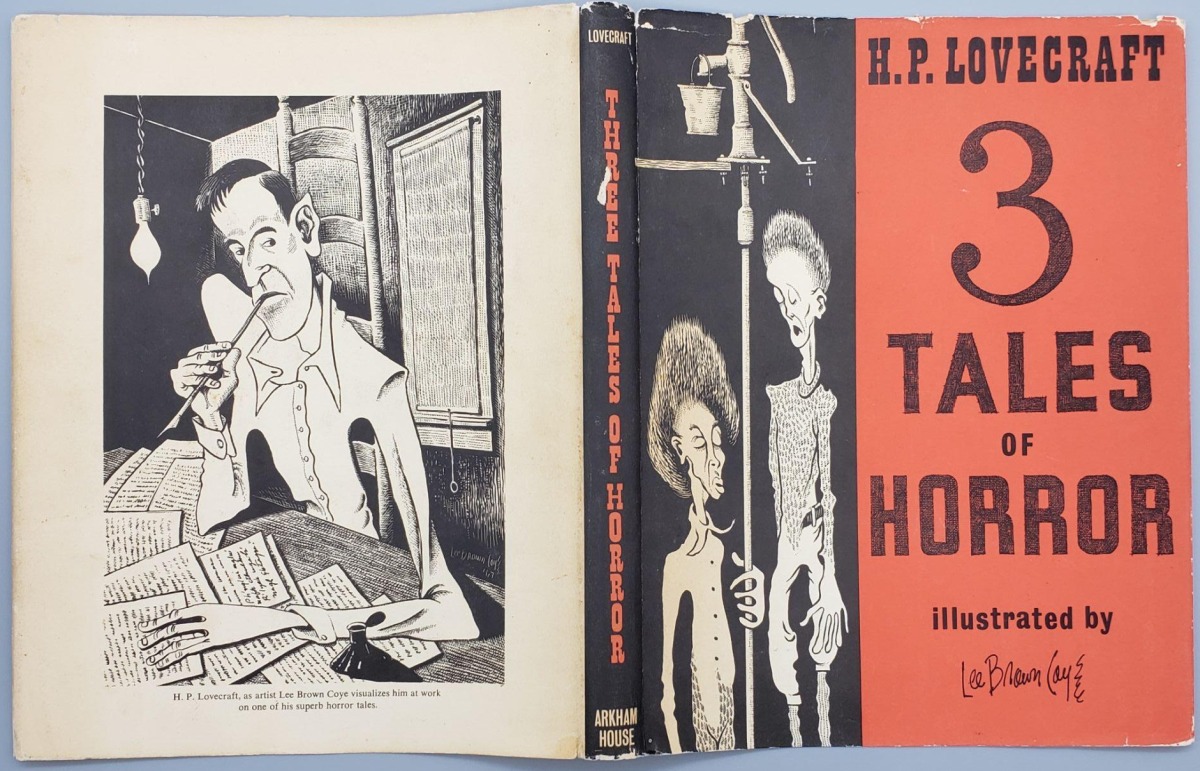The exhibition Tales of Terra: A Lee Brown Coye Retrospective. Running until 2nd March 2024 in Hamilton, New York, at the Picker Art Gallery / Dana Arts Center.
Lee Brown Coye (1907–1981), recognized mostly for his unsettling illustrations in horror anthologies and pulp magazines. His creations for popular pulps such as Weird Tales and stories by the likes of H.P. Lovecraft, Ray Bradbury, and Manly Wade Wellman earned him a place in American illustration history. Featuring examples from Picker Art Gallery’s vast collection of artwork by Coye, along with loans from other regional museums and private collections, Tales of Terra brings into focus the less gruesome side of Coye’s artistic output and puts these works in dialogue with his published illustrations. This retrospective exhibition includes artworks that span Coye’s lifetime, examining his regionalist roots, his fascination with architecture, and his relationship to the places he lived, all of which found a place in his unique takes on the grotesque.
I found two quotes from Those Who Were There…
“In the middle and late forties, Weird Tales had one superior artist, Lee Brown Coye. Coye’s best work featured degenerate and warped humans, who fitted well with the weird inhabitants of Dunwich and Arkham. His illustrations for “The Whippoorwills in the Hills” by Derleth and “The Will of Claude Ashur” by Thompson were masterpieces.” (Reader’s Guide to the Cthulhu Mythos, 1973).
“Karl Edward Wagner’s masterful tale “Sticks” (Whispers, March 1974) was an homage to the artist Lee Brown Coye, who illustrated several Lovecraft editions from Arkham House in the 1960s. Making use of the stick-lattice figures that Coye made his signature, “Sticks” speaks of these figures as glyphs designed to summon the Great Old Ones.” (Icons of Horror and the Supernatural, Joshi).
Coye’s depiction of Lovecraft writing…
The venue for this (probably one-time) retrospective looks rather remote, and potentially wintery from now on. A glance at the map suggest you’d go from New York City up the Hudson Valley to Albany, then strike west for about 100 miles.

